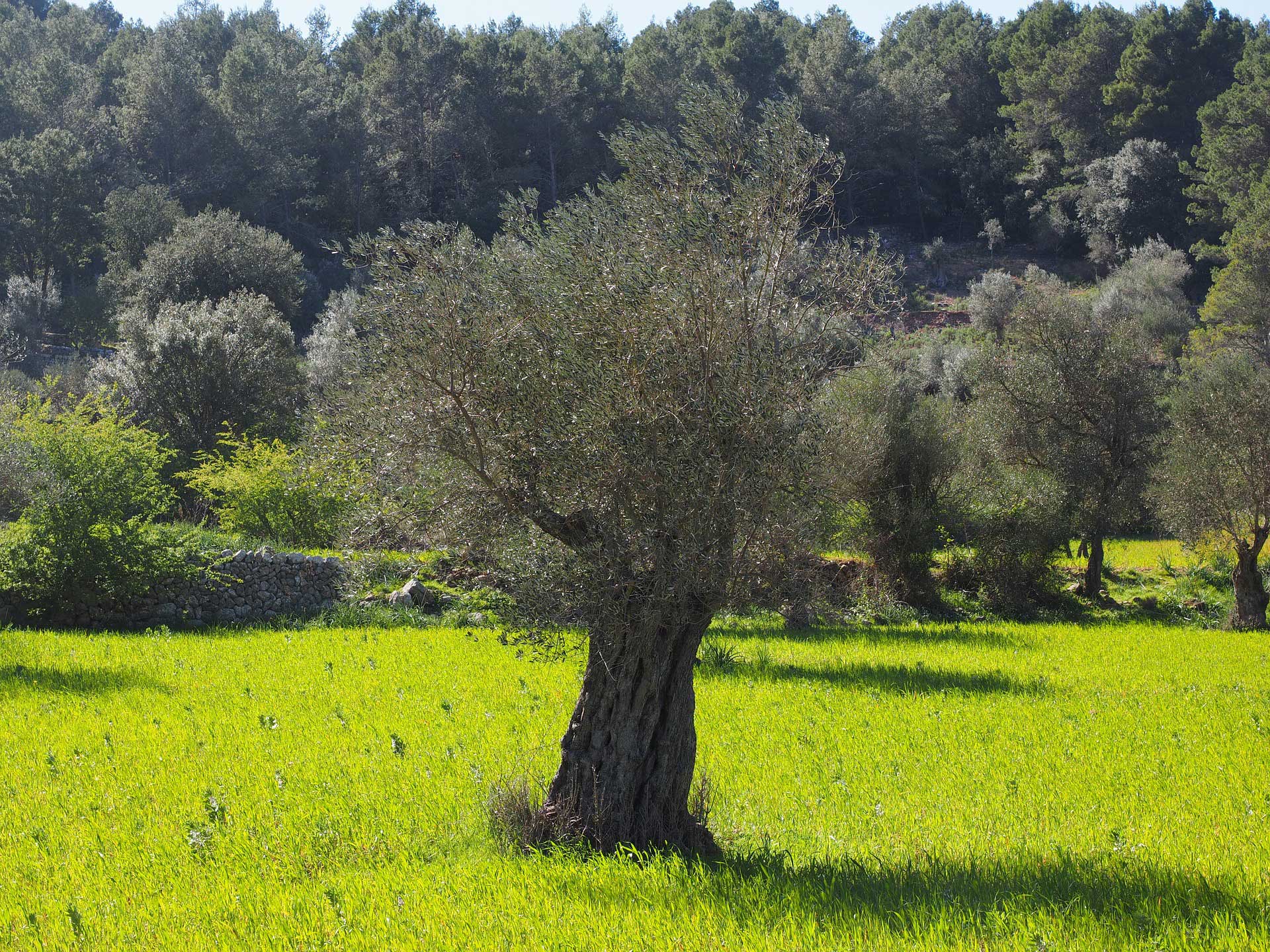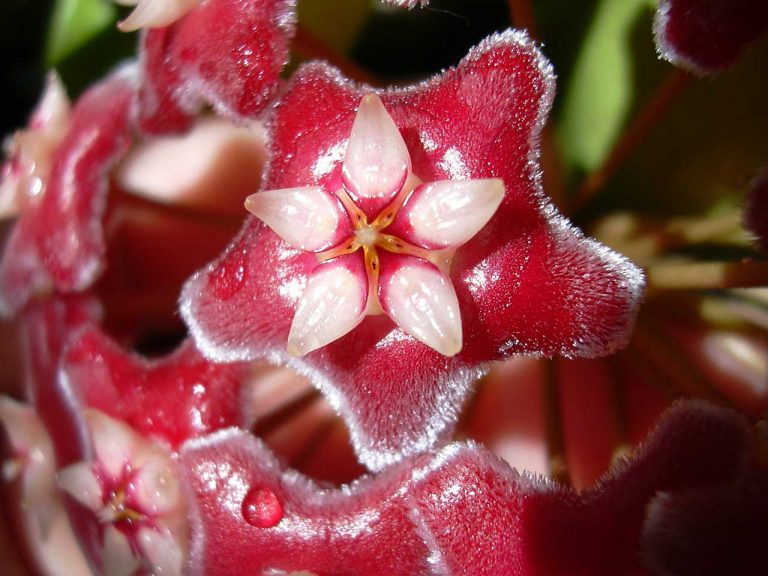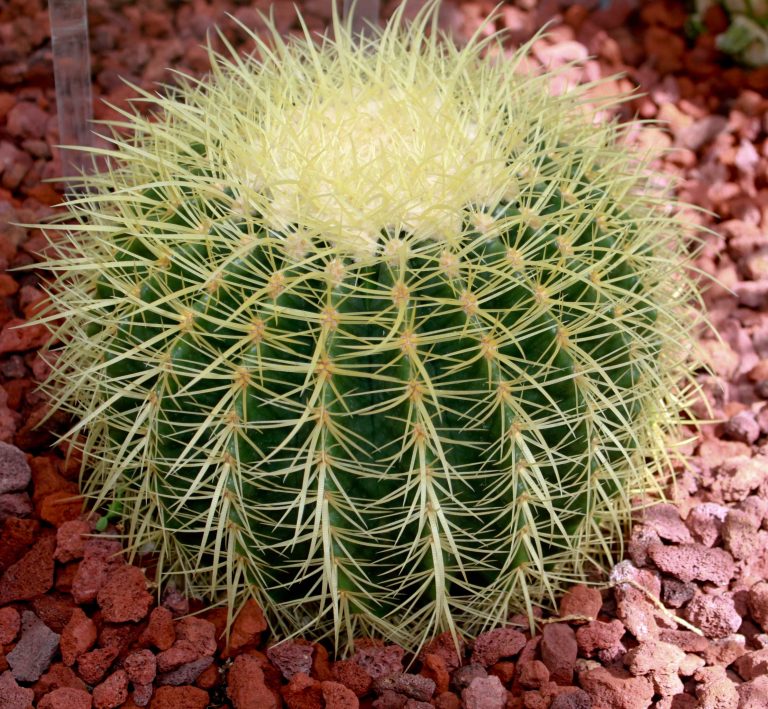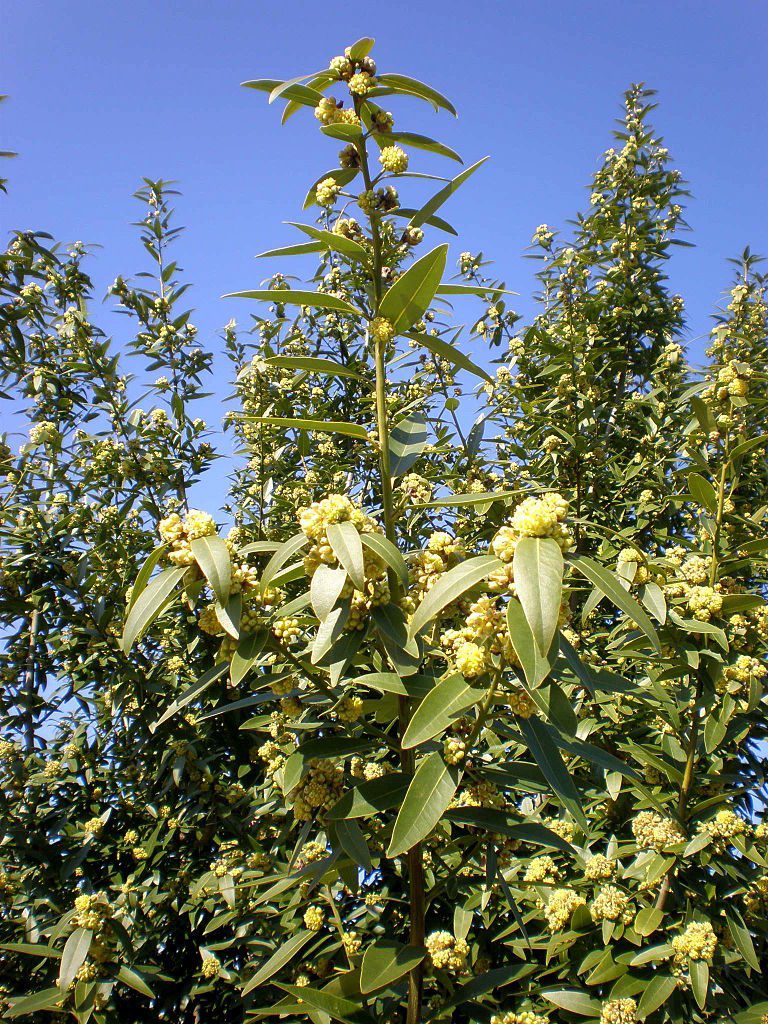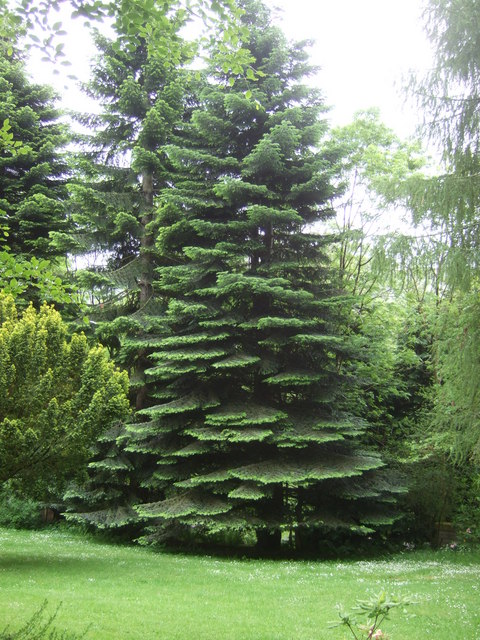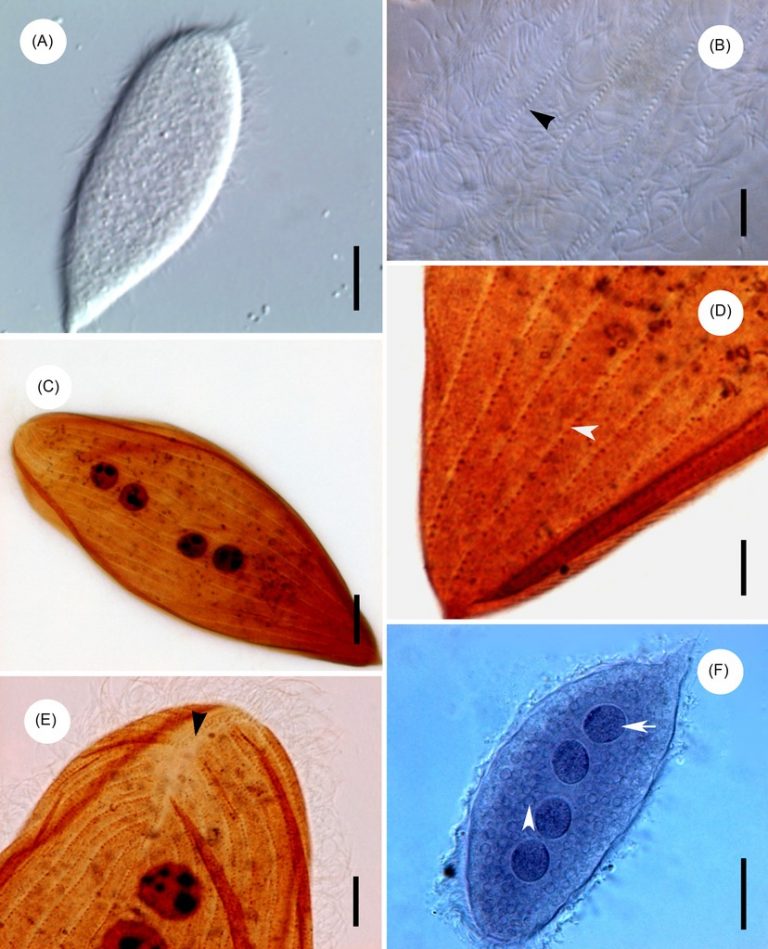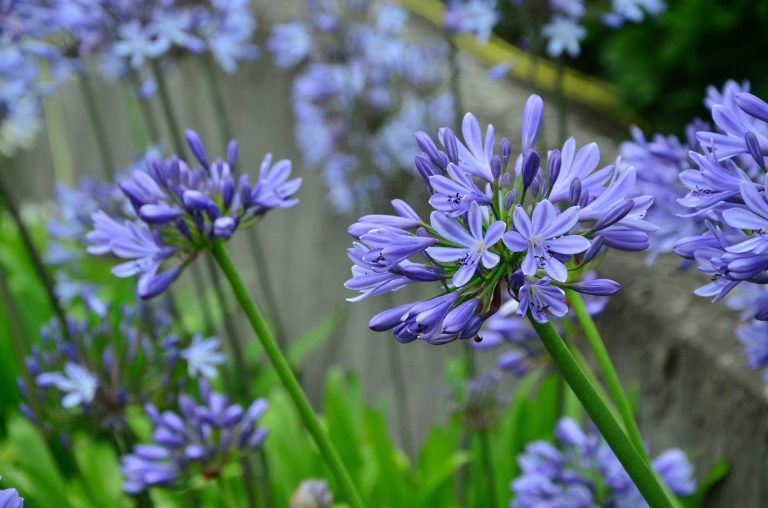Olive Tree
Scientific classification
| Kingdom: | Plantae |
| (unranked): | Angiosperms |
| (unranked): | Eudicots |
| (unranked): | Asterids |
| Order: | Lamiales |
| Family: | Oleaceae |
| Genus: | Olea |
| Species: | O. europaea |
| Binomial name: | Olea europaea |
The Olive, is an evergreen tiny tree, Olea Europaea, that is a variety in the group of the Oleaceae.
The leaves of this beautiful tree are elliptical in shape and silver in color, and the flowers are tiny, white in color, and perfumed. When it is settled, it is resistant to arid conditions and adjustable soil that is weak and infertile. Most people who love the Mediterranean taste of food, consider making a garden for growing olives at home. There is a good demand, both for the Olives and olive oils.
Anatomy
The olive tree grows bent and is short, and on rare occasions, one finds them exceeding the height of 8 to 15 m (29 to 49 ft). Even though Pisciottana is an exclusive type that encompass a number of 40,000 trees that are endemic to places around Pisciotta in Campania, in the province of South Italy, the number can be much more, and the diameter of the trunk is relatively bigger. The oblong shaped leaves have a greenish silver color, that is 4 to 10 cm long (1.6 – 3.9 in) and 1-3 cm (0.3-1.18 in) in width. The trunk of the olive tree is warped as well as knotted.
Their blossoms that are tiny; with a feather like texture, have a corolla and calyx cleft in ten numbers, a pair of stamens and a stigma that is bifid (Cleft or split in two parts). They normally grow on the wood of the preceding year, in racemes that emerge from the leaves’ axils.
Its fruit is in the form of drupe that is tiny having a length of 1 – 2.25 cm (0.39 – 0.98 in), the fruits in the wild have less flesh than those, cultivated in the orchards.
Habitat
The Mediterranean climate is best for its growth. Greece, Italy, Spain and other countries of the Mediterranean area are where they are producing the most. However, farming of olives is done out of the region of the Mediterranean. The climate there is ideal (like in Argentina and California). Olive trees are also seen in most of the Mediterranean Basin, extending from Portugal right up to the Levant, Africa, the Arabian Peninsula, and South of Asia to the eastern end of China, also the Mauritius, the Canary Islands and Reunion. This type is thought of as a natural one in Corsica, Egypt, France, Syria, Iraq, Java, islands of Norfolk, California, Bermuda and Iran.
GROWING AT HOME
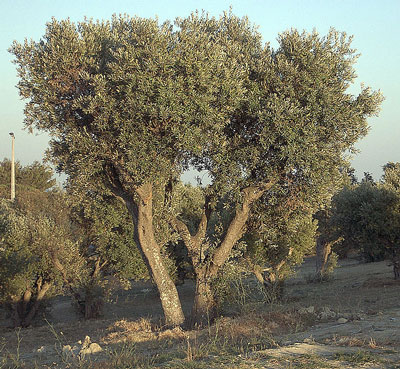
Soil for Planting
It is possible to grow Olive trees in soil that have less nutrients, provided it is properly drained. For the formation of fruits, bright sunlight is required and for it to set, mild chill is needed in winter.
Olea Europea or Olive trees, to a great extent have a preference for calcareous soil. They thrive on sloping landscapes of limestone and crags and in the a climate akin to that of the coastal areas. Light soils of any condition, with proper draining capability, is good for their growth.
Planting
A decisive factor in selecting a place for planting Olive trees is where you can see no olive trees lying spoiled for a minimum period of twenty years.
In situations where the sunlight is present and there is a good drainage system, it is possible for you to grow Olive outside. In northern places where the climate is cold, winter shield gives a greenhouse effect, a requirement.
Watering
In situations where the soil is too dry, blossoming will be hindered, in spite of the fact that the tree adjusts under such circumstances. In such conditions, it is mandatory to water them well in the dry seasons that fall between the months of February and May.
Temperature and Humidity
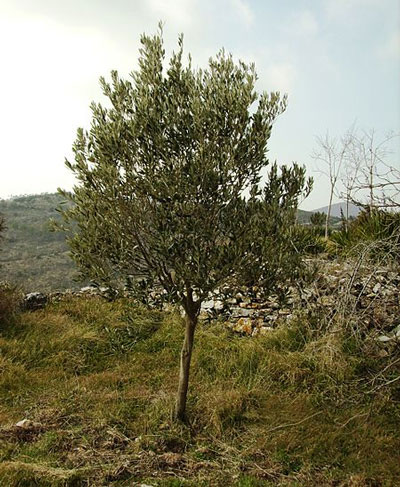
The Olive trees are not adaptable to low temperatures below -5°C, so avoid planting them in such conditions. Spring and winter frost destroys them to a great extent.
Arid and hot climatic conditions also destroy olive trees, especially when the flowers blossom and the fruits are settled. Even the leaves get infected by leaf spots in locations where the humidity is high and where there is insufficient circulation of air.
The preferable climate for olives is hot sunny weather void of shade, but temperatures less than -10°C (14°F) can damage a grown up tree also. Because of their spreading and strong roots, they are able to tolerate drought to some extent. Scheduled Pruning gives the olive tree long life of hundreds of years and continued fruit bearing.
Flowering and Maturing
The flowers are tiny, perfumed and whitish cream blossoms are seen in summers.
Care
When the Olive tree is held firmly to the ground, they tolerate drought; still they grow well if frequently watered when the climate is dry and when the tree begins to grow. For enhancing the growth, it is ideal to give the olive tree normal fertilizers like Vitax Q4 during every spring
The growth of olives is gradual, which means much pruning is not necessary. If at all required, at the beginning of summer and the end of spring, discard the branches that are diseased, dry or dead. Simultaneously shear off some branches to permit light to enter the center of the tree, also discard those branches that make the tree shapeless. Never prune too much, this will end up in the production of too many watery shoots that do not bear fruits.
Plants grown in pots require a surplus of pruning in summer to retain their form. When these potted plants grow to heights of 1.5 m (5ft), nip the tips to promote branching.
Pest and Pesticides
In general, the Olive trees are free of pests, but at times they get infected by Black Spot, Peacock or Woolly Aphid. Black Spots are tiny circular spots, brown in color on the leaf that turn yellowish-brown. The treatment is spraying fungicide. Woolly Aphids are white fur like material visible on the axis of the leaves and cuts from pruning. This requires insecticides for treatment. The ideal method is to adopt the instructions given by the manufacturer.
The grave pest of the olive is the olive fruit fly, scientific name is Bactrocera oleae, which lays eggs within the olive, generally just prior to the olive turning ripe during autumn. This pest is managed by applying a spray of insecticides chemically called Organophosphates, for example Dimethoate.
Besides, there is a fungus called Cycloconium Oleaginum, which affects the tree during many continuous periods, thus destroying the plantation.
Harvest Month and Storage
Harvest your olives when they are green or purple in color.
Autumn and winter are ideal for harvesting olives. Particularly in the northern hemisphere, the ideal time to pick the green olives is between the close of September and mid November and that, of Blond olives is between mid October and close of November. Black olives are picked between Mid November and close of January or the beginning of February. In the south of Europe, olives are picked many weeks during winter. However, there is a variation in time based on the country, the cultivation and the season.
Varieties
The varieties that are suggested for fruits and not for oil are Mission, Manzanillo, Sevillano and Kalamata. All of them fertilize on their own.

Having discovered a fondness for insects while pursuing her degree in Biology, Randi Jones was quite bugged to know that people usually dismissed these little creatures as “creepy-crawlies”.

